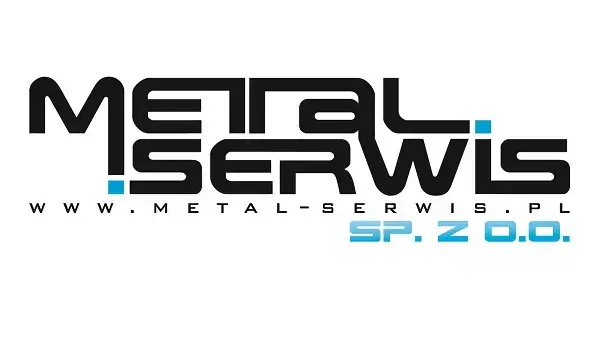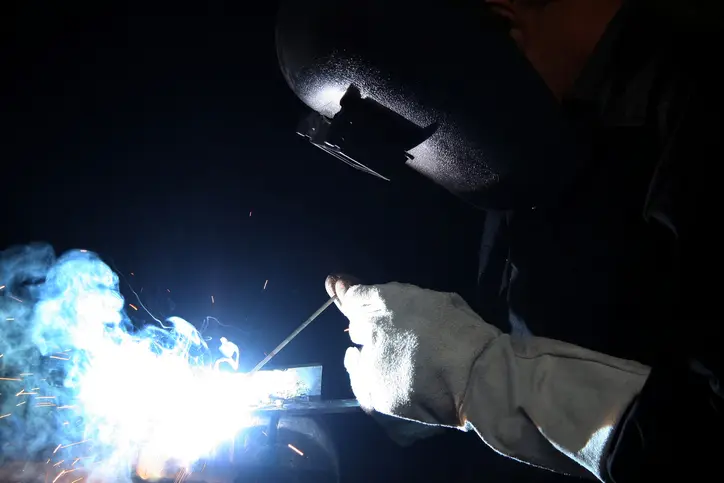Welding involves joining elements by heating and fusing material contacts. To perform welding aesthetically and effectively, one must possess appropriate skills. There are several different welding methods, and we present selected ones below.
Manual Metal Arc (MMA) Welding
This method utilizes a so-called coated electrode made of a metal core covered with a coating. The arc ignites upon contact with the material being welded. Coated electrodes can be used to weld many materials, including alloy and non-alloy steel, copper, nickel, and cast iron. Work is possible in any position and conditions, including underwater. However, attention should be paid to the relatively large amount of welding gases and fumes released during work, especially since this method is rather slow.
MIG/MAG Welding
The MIG/MAG method involves joining materials with an electric arc that appears between the material and a consumable electrode, which is a continuously fed wire. Most welding work is performed using this method because the work is done quickly, the welds are of the highest quality, and the costs are exceptionally low, especially compared to coated electrode welding. However, to fully benefit from the advantages of MIG/MAG welding, one must have appropriate skills acquired during specialized courses.
TIG Welding
Welding using the TIG method involves the use of a tungsten electrode. This electrode creates an electric arc shielded by an inert gas, which is most often argon. The TIG method ensures very high weld quality and minimizes the risk of material spatter. Additionally, this method is the most versatile of all mentioned and allows for welding of many materials, including the thinnest sheets with a thickness of just 0.5 mm.

